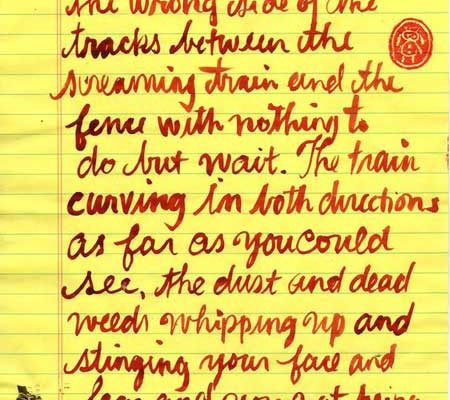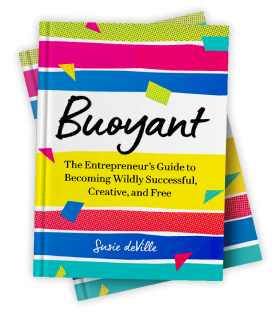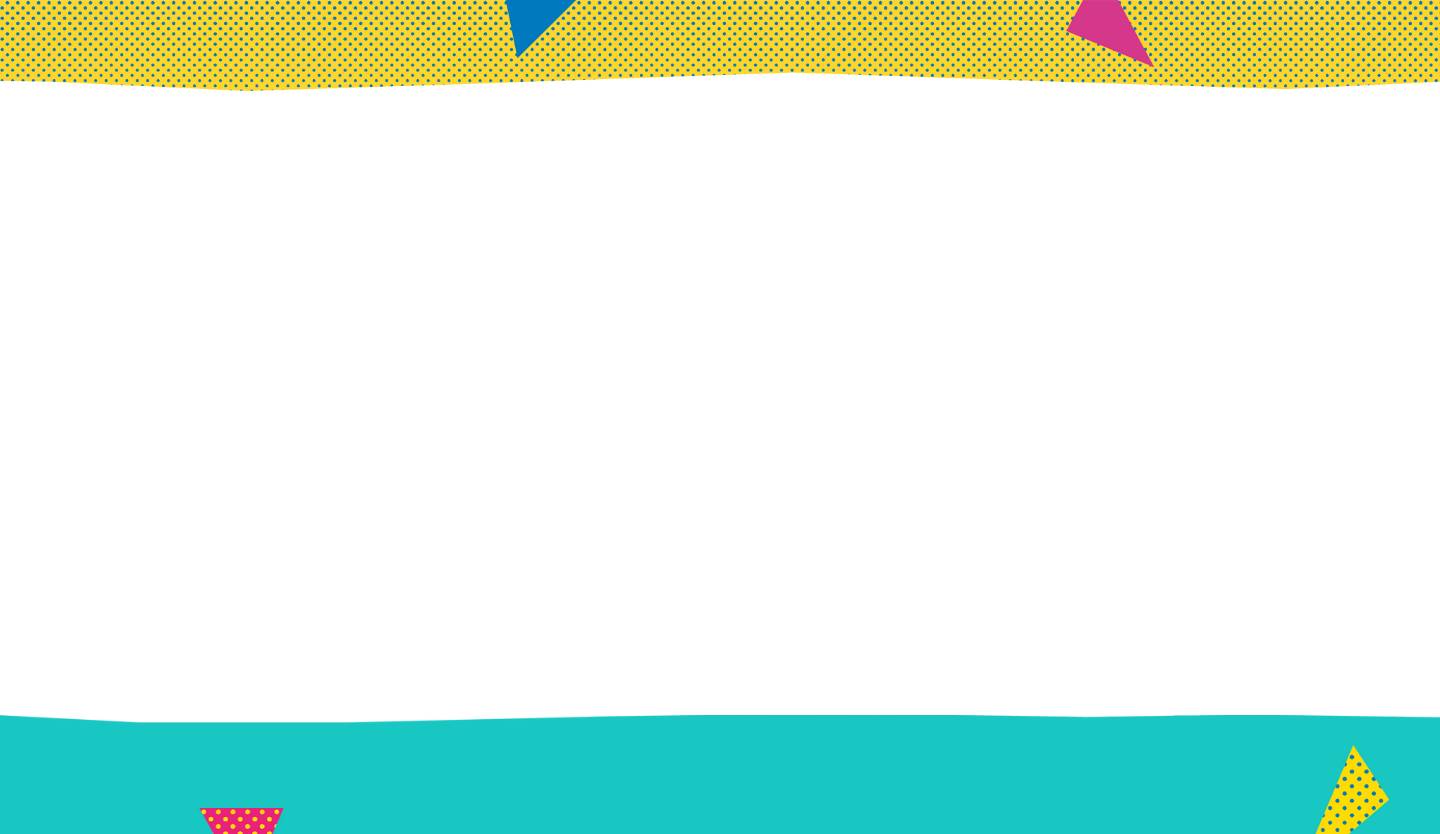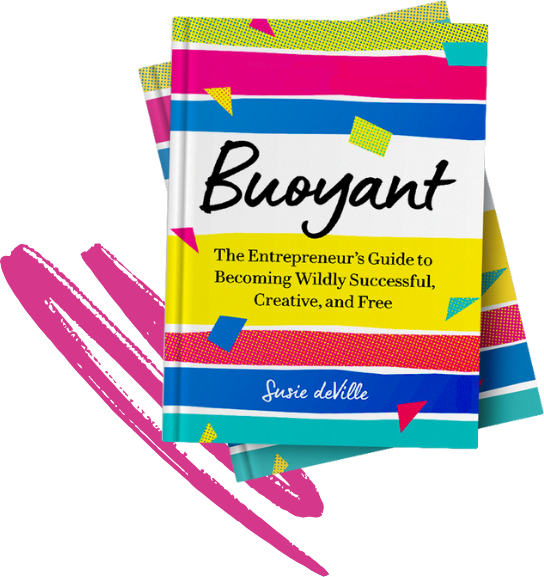Whenever your brain becomes distracted, it helps to know how to tap into your creativity by accessing a different channel.
“Through connection to the body, we enter the present.
Our Being participates, without hurry or pause, and our rhythm is the
rhythm of Existence. Our movements and activities are in harmony
with the natural flow of life energy.”
Excerpt from Self-Breema: Exercises for Harmonious Life
I had to renegotiate with my brain—well, my entire being—this week.
With several projects in various states of completion and what I considered to be a time crunch, I mapped out a timeline and a plan for moving each to the finish line. I was in “Susie Clipboard” mode (my super productive, “gonna make these trains run on time” persona) and was going to crack it all out.
My quarantine brain took one look at Susie Clipboard and said, “Nope.”
I got a little queasy and sweaty. “What do you mean? Time to get going here…come on. Coffee? Yeah, let’s have a nice cappuccino.”
I came back from the kitchen, sipped the hot, foamy drink, and waited a bit for the caffeine to work its magic. I picked up my laptop and legal pad with all my notes and checked in again.
Nary a synapse was firing. Trying to access my thinking and creating power felt like trying to stack cubes made out of Jello. My wobbly thoughts would shimmy and shake and then fall over and into each other like drunk frat boys.
I fired Susie Clipboard, grabbed my pocket journal, and went for a hike.
How to Tap into Your Creativity
Out in the fresh air and golden spring sun, I deliberately shelved the idea of trying to solve my dilemma. Instead, I focused on noticing every beautiful sight, sound, and smell all around me.
Fresh leaves were popping out from every tree limb, dotting their bright green jackets against the brilliant blue sky. Small waterfalls, primed with April rain, cascaded and drummed over mossy rocks. Birds called, fluttered and flew, changing perches and perspectives mid song. Sophie, my golden retriever, led the way, tail swishing, looking back on occasion with a smile of approval for my decision to hike.
My quarantine brain started to warm in the sun and sensory delights. I kept walking.
When I came to my favorite stand of pines about 2.5 miles in, I felt in my pocket for my journal and stopped. The pencil lead was soft now from the heat in my pocket and lay creamy, black strokes as I wrote:
I simply need to access a different channel. Stop fighting against myself…especially during such an anxious time. Remember the lesson from the whitewater rafting guide years ago? If I fell out of the raft, I was to lift my feet, lean back, and let the current take me. If I struggled against the current, I could get a foot hung up in rocks at the bottom of the river and drown. “Just ride the current all the way down,” he said.
I turned back and made my way to the trailhead.
Accessing a Different Channel
As I worked my body while climbing the last steep hill, I thought about what Jon Schreiber, director of the Breema Center, said, “When you rush, time shrinks. When you’re relaxed, time expands. This is true even though it’s very hard for the mind to get. When you’re relaxed and doing something willingly, you’re participating in life.”
Lynda Barry took leaning into relaxing to spark her creativity to new levels when she was writing her book, Cruddy. Instead of employing note cards or a computer, she picked up a brush and painted every word, concentrating on her brushstrokes instead of focusing on stringing together well-crafted sentences.
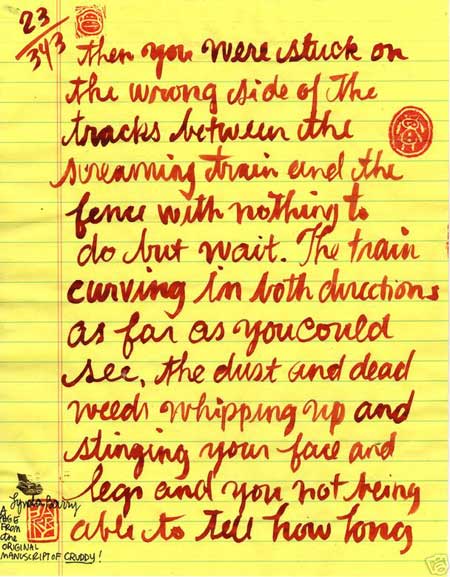
Austin Kleon quotes her description of her process in his blog post:
“I tried not to think about the book unless I was actually writing it and I tend to write in the first person, in the character of someone, and that someone was Roberta….My goal was to not think about things at all. To dream it out instead, trying very hard not to edit at all as I went. The first draft really took shape when I found that I needed to slow way down and distract myself at the same time so I used a paintbrush and Tuscan red watercolor and painted the manuscript on legal paper, trying to concentrate on the calligraphic aspect of writing rather than trying to craft beautiful sentences. I figured as long as the sentences looked beautiful, the rest would take care of itself. That draft was seven hundred pages long. I used a hairdryer when I got to the end of each page so I could stack them without smearing. I can do some pretty nice handwriting now. I tried to write it a word at a time like it was being dictated. Cruddy was the result.”
A rushed/forced brain is an anxious brain. My quarantine brain is an anxious brain. In both scenarios, I would feel time collapse, shrinking—further exacerbating stress and walling me off from accessing the Portal of Engaging & Creating.
If you want to know how to tap into your creativity, remember we can access a different channel in any moment, during times of crisis or times of calm. We have a lifetime pass to the ability to bend time while in states of flow and heart/brain coherence.
Being a hacker extraordinaire is great for To Do sprints, but deadly for creative marathons. When considering how to tap into your creativity, remember your goal is to not be more efficient or productive. We reach both, though, when we put down our clipboards, and place our anxious bodies into playpens of various shapes and sizes.
We can find the sliver of daylight showing us the way to the portal’s door when we head for the hillsides, dotted in early spring wildflowers, chins up and spirits lifted by connection to nature. When we pick up a brush or a pen and let our hands begin to move. When we engage our bodies in fresh air, limbering up spirit and muscle. This is how to tap into your creativity again.
And when we look at our weary and frightened selves with unbounded, unconditional love and wrap our hearts around our fears in the safest blanket of acknowledgment that for today, that is more than enough.

